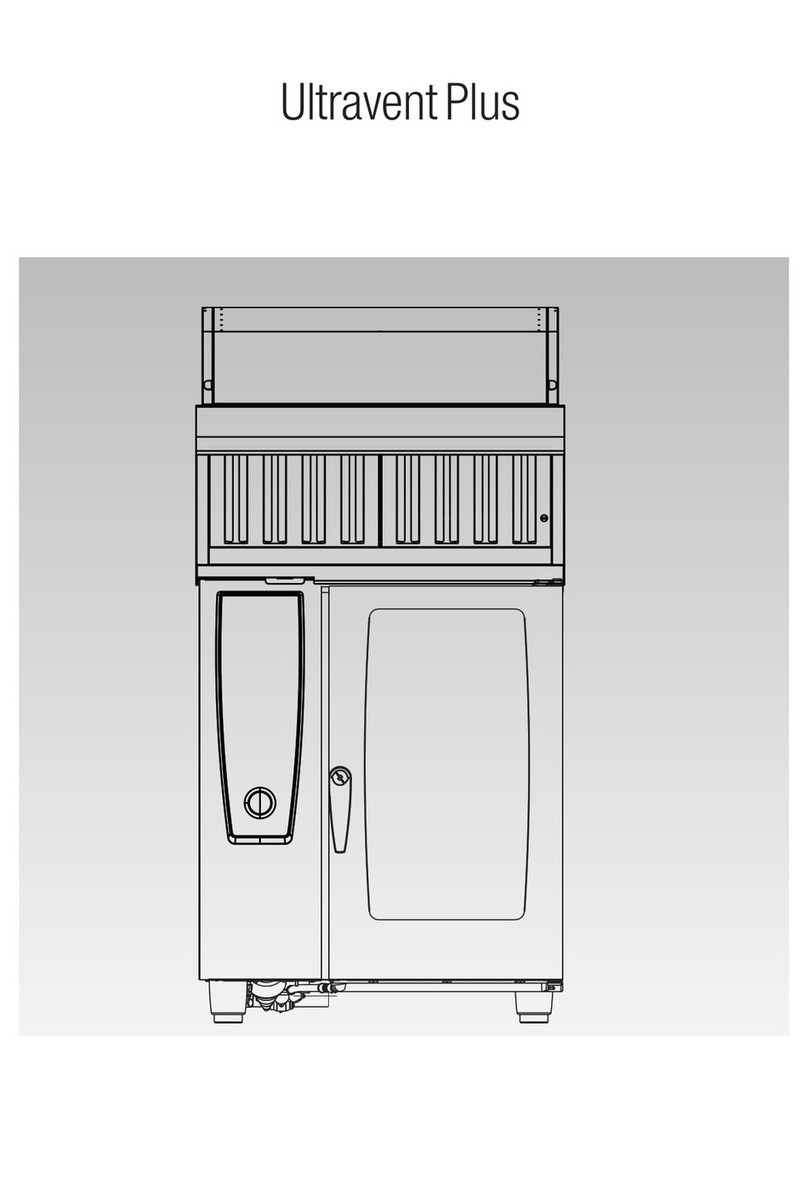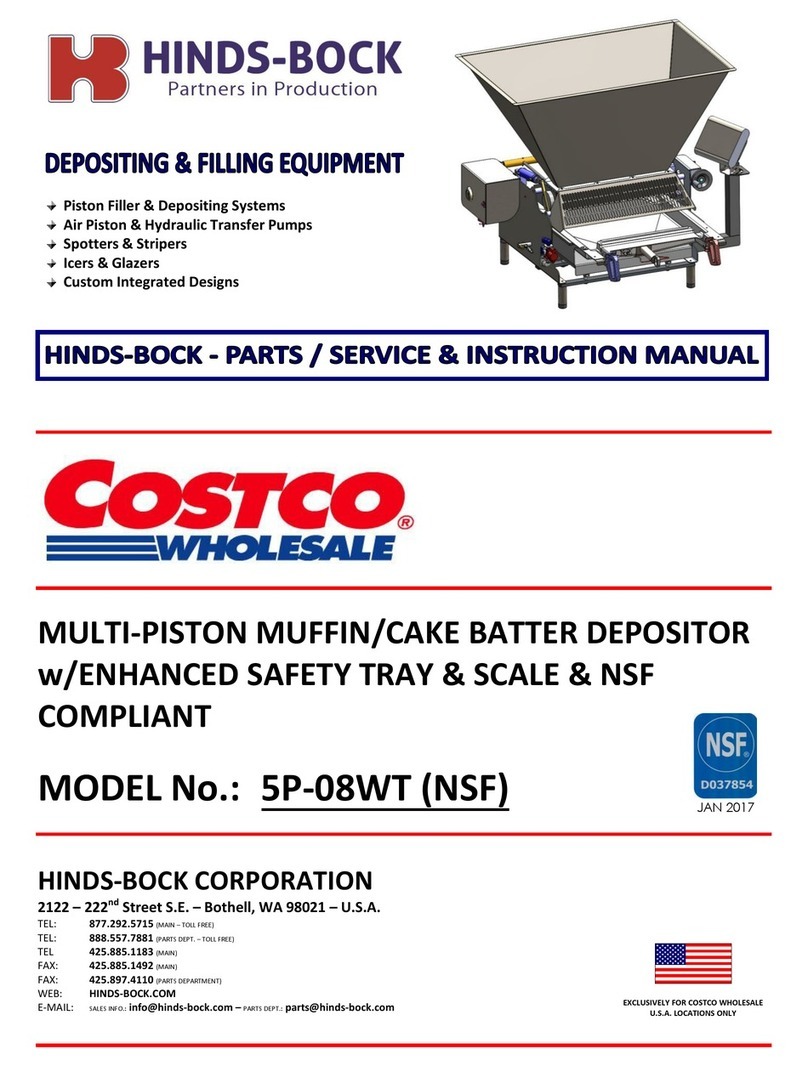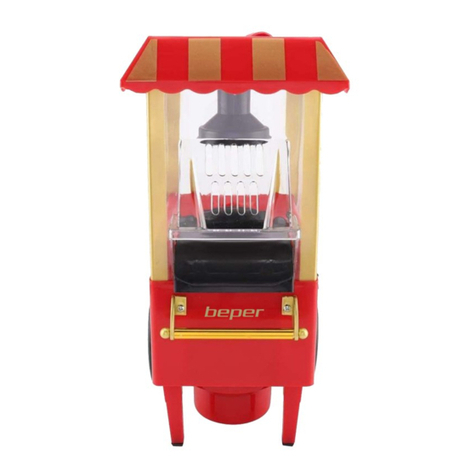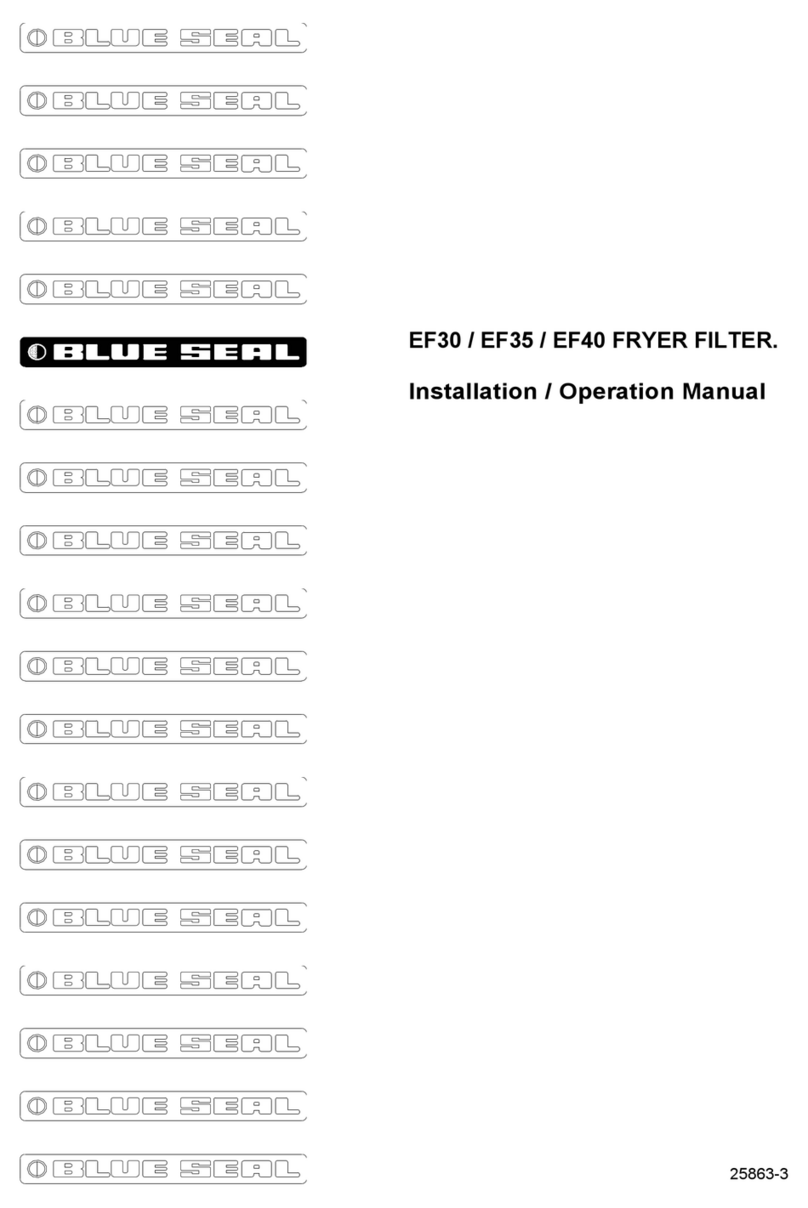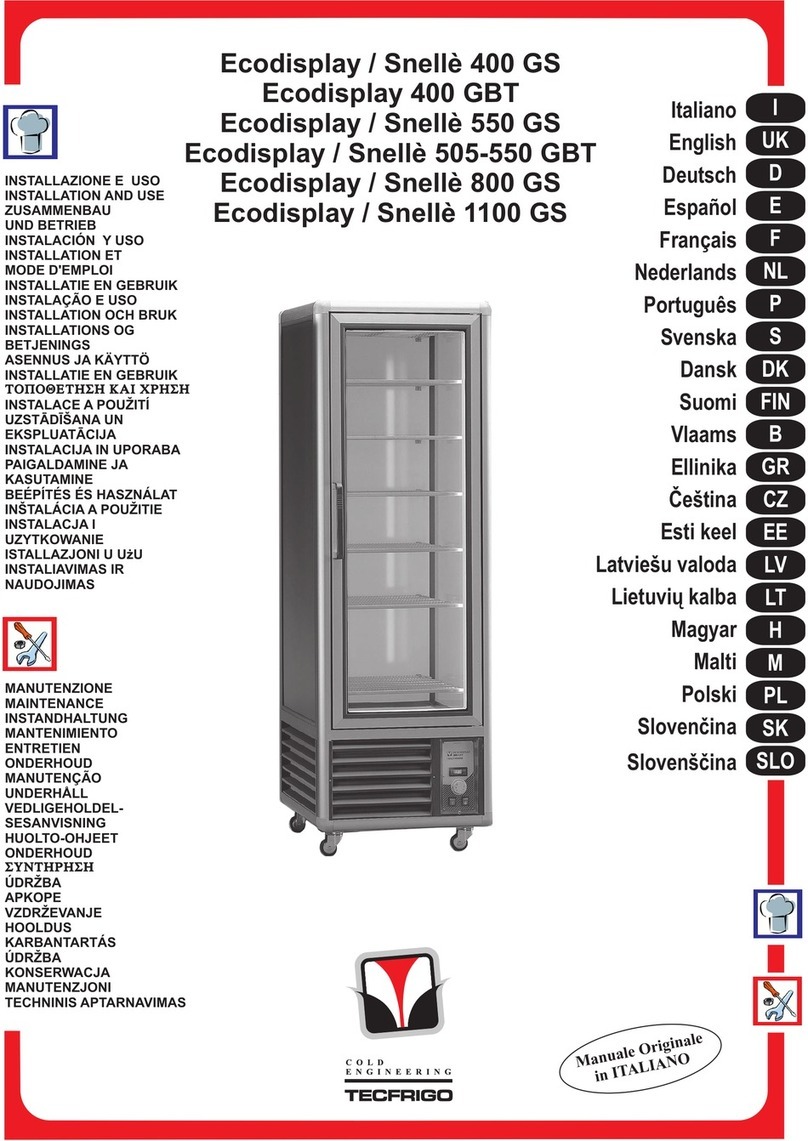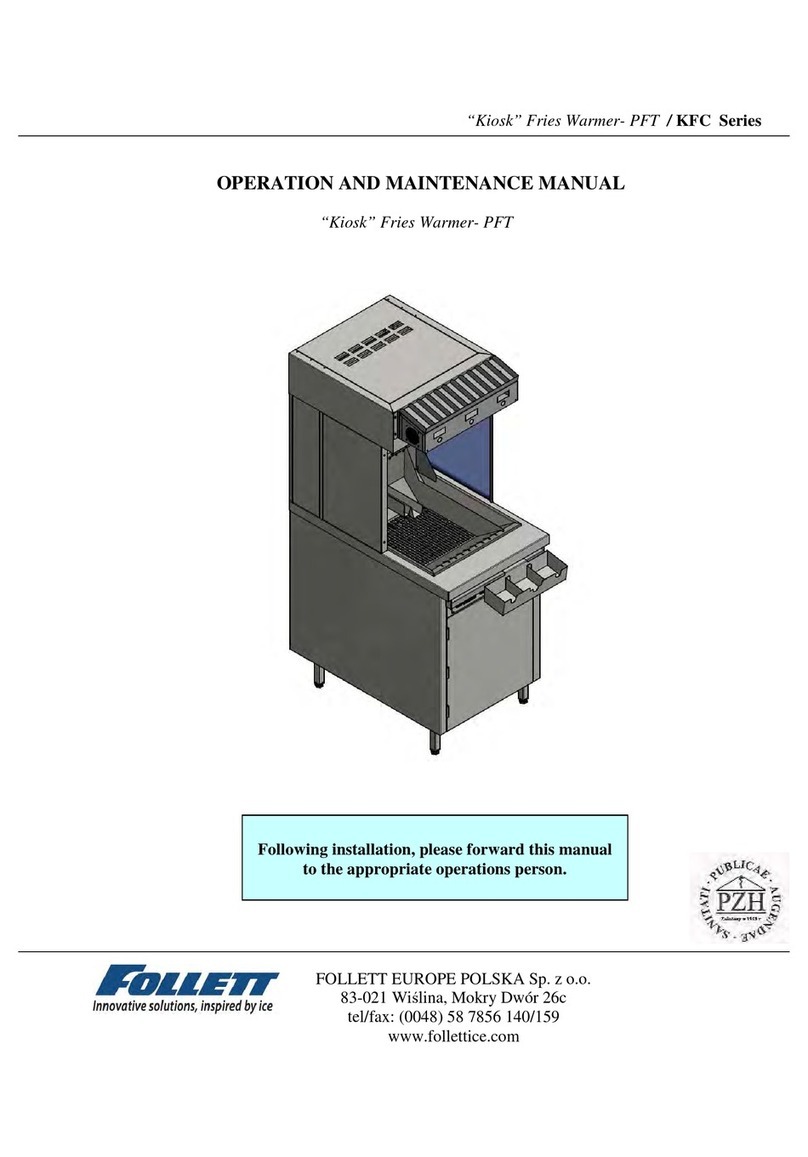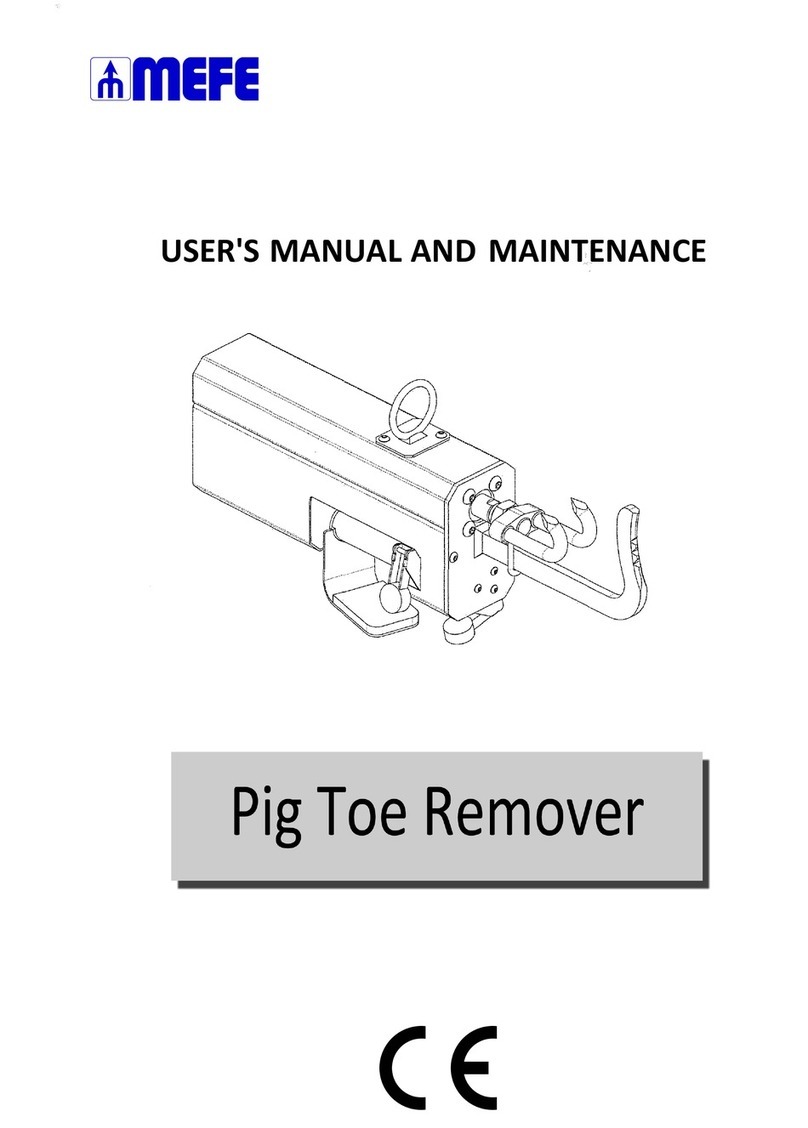Metos Multigen User manual
Other Metos Commercial Food Equipment manuals
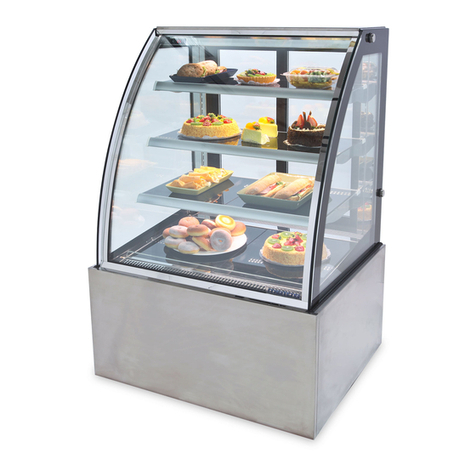
Metos
Metos Corolla M930A User manual
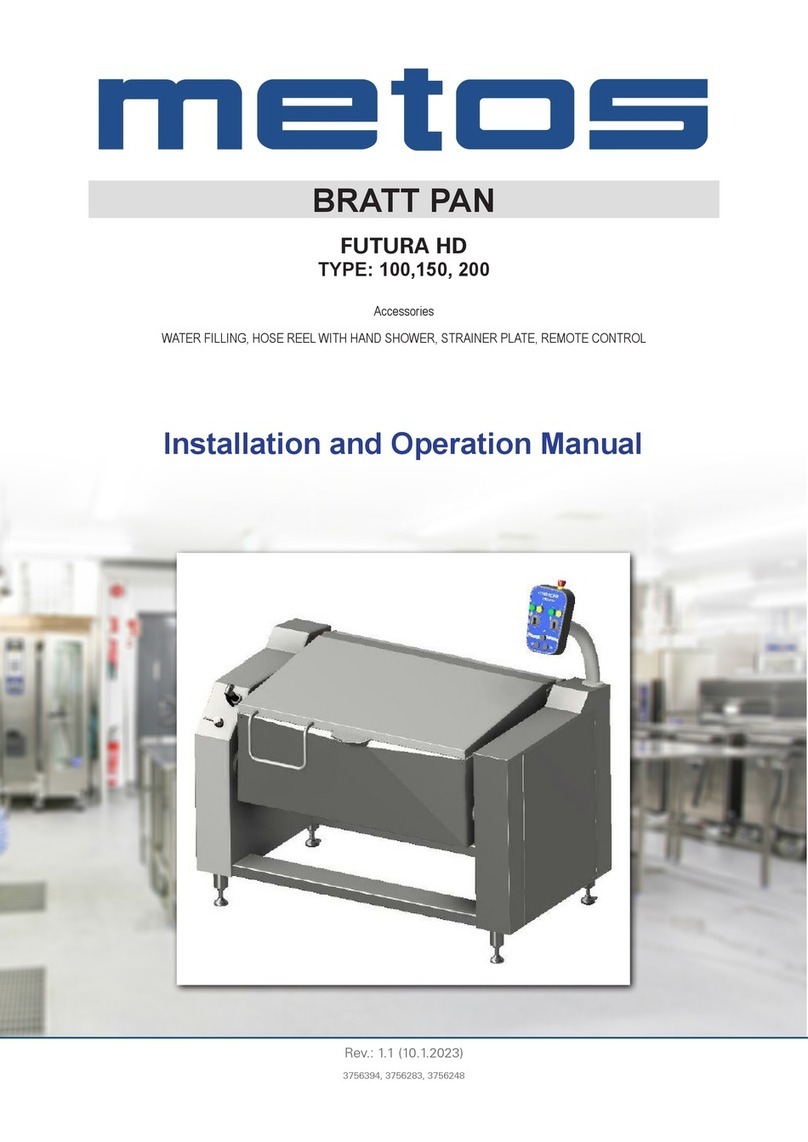
Metos
Metos Futura HD 100L User manual
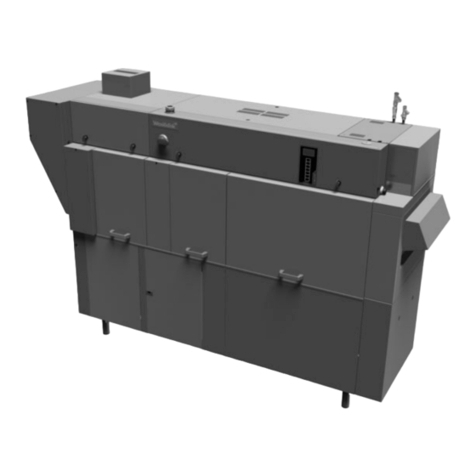
Metos
Metos WD-215T User manual
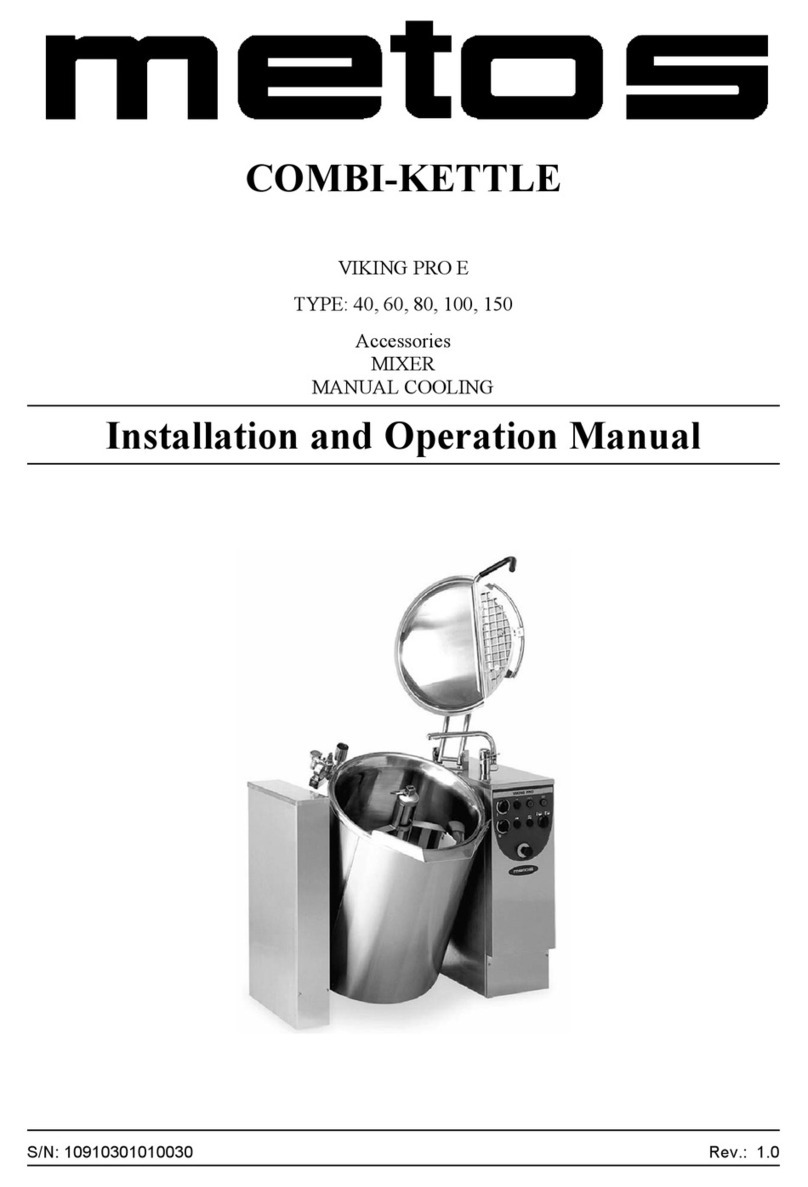
Metos
Metos VIKING PRO E User manual
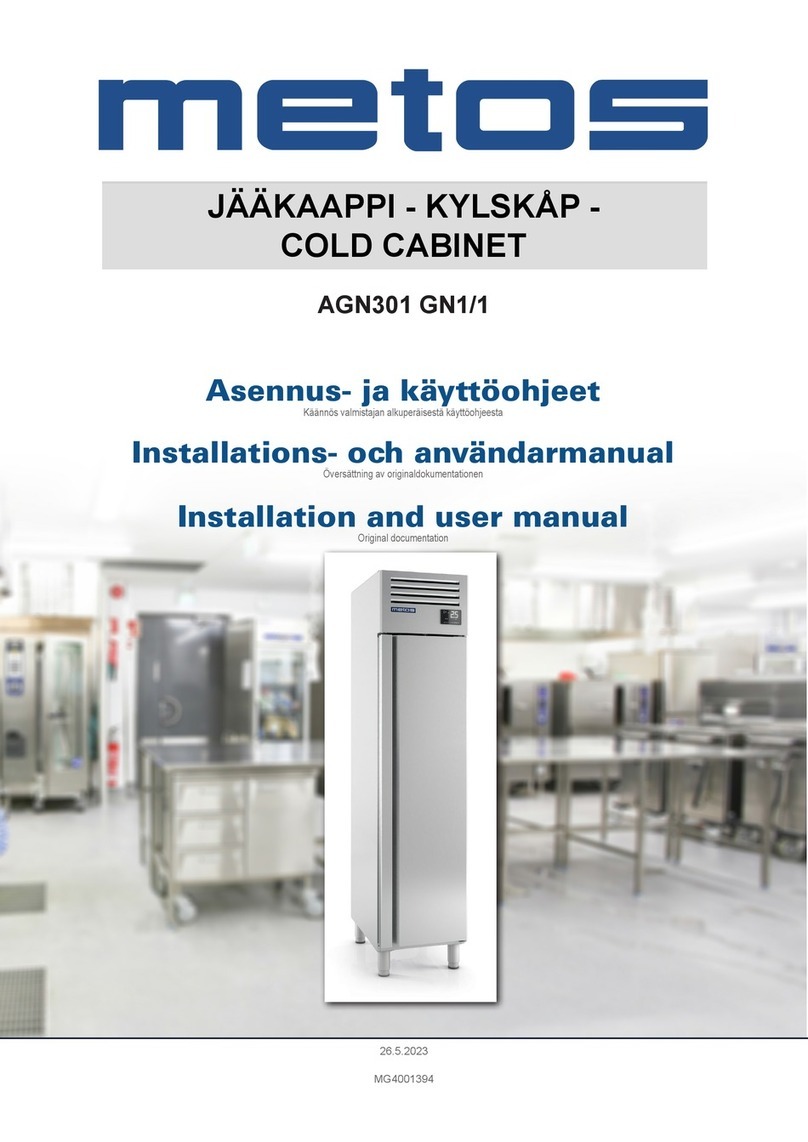
Metos
Metos AGN301 GN1/1 User manual
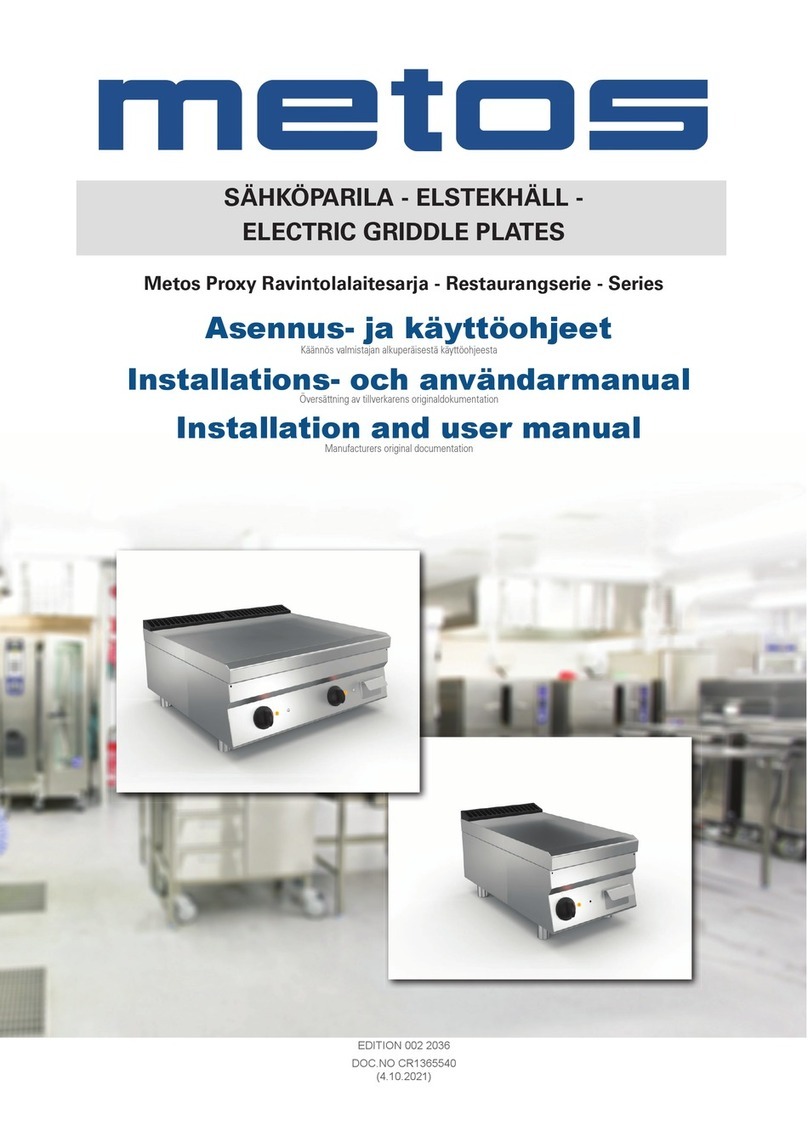
Metos
Metos 74EFT Series User manual
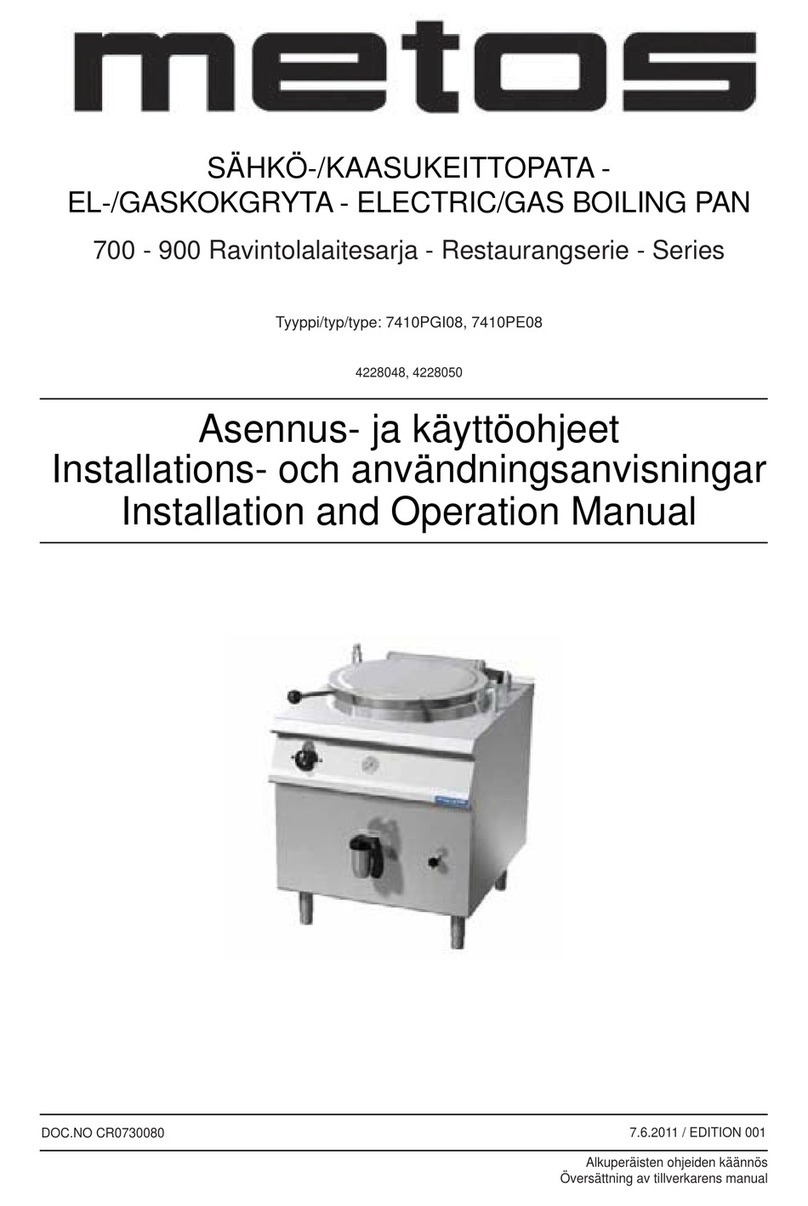
Metos
Metos 700 Series User manual
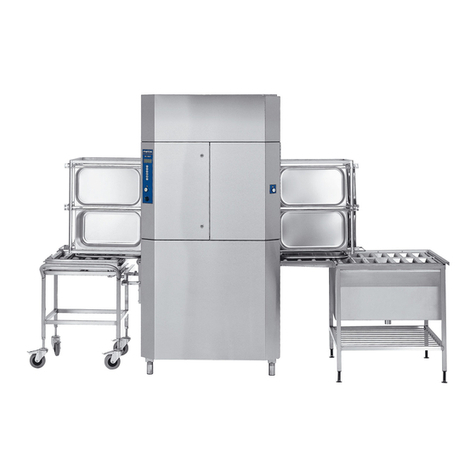
Metos
Metos WD-100GR User manual
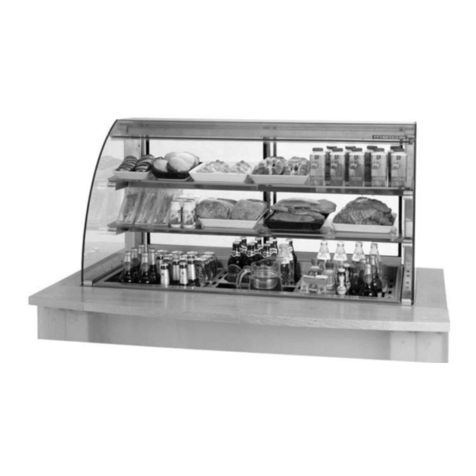
Metos
Metos HALO Series User manual

Metos
Metos 700 Series User manual
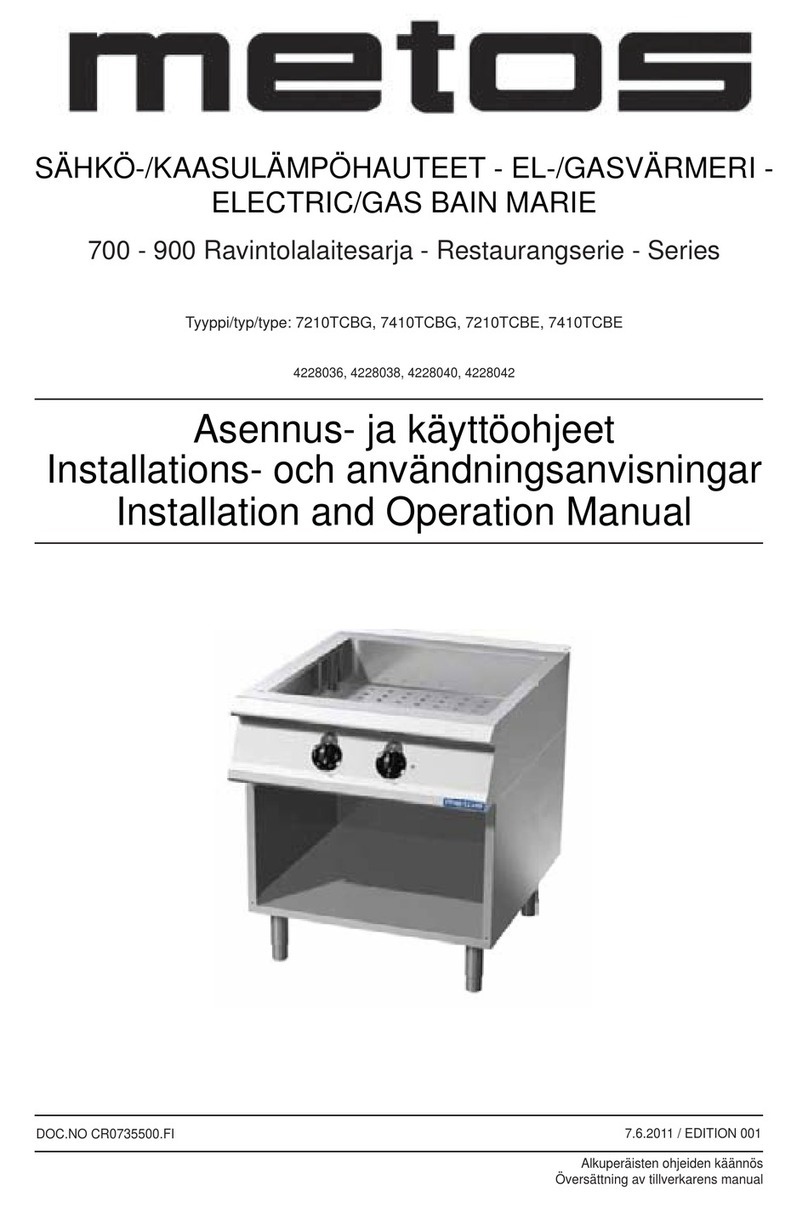
Metos
Metos 7210TCBG User manual

Metos
Metos PROFF User manual
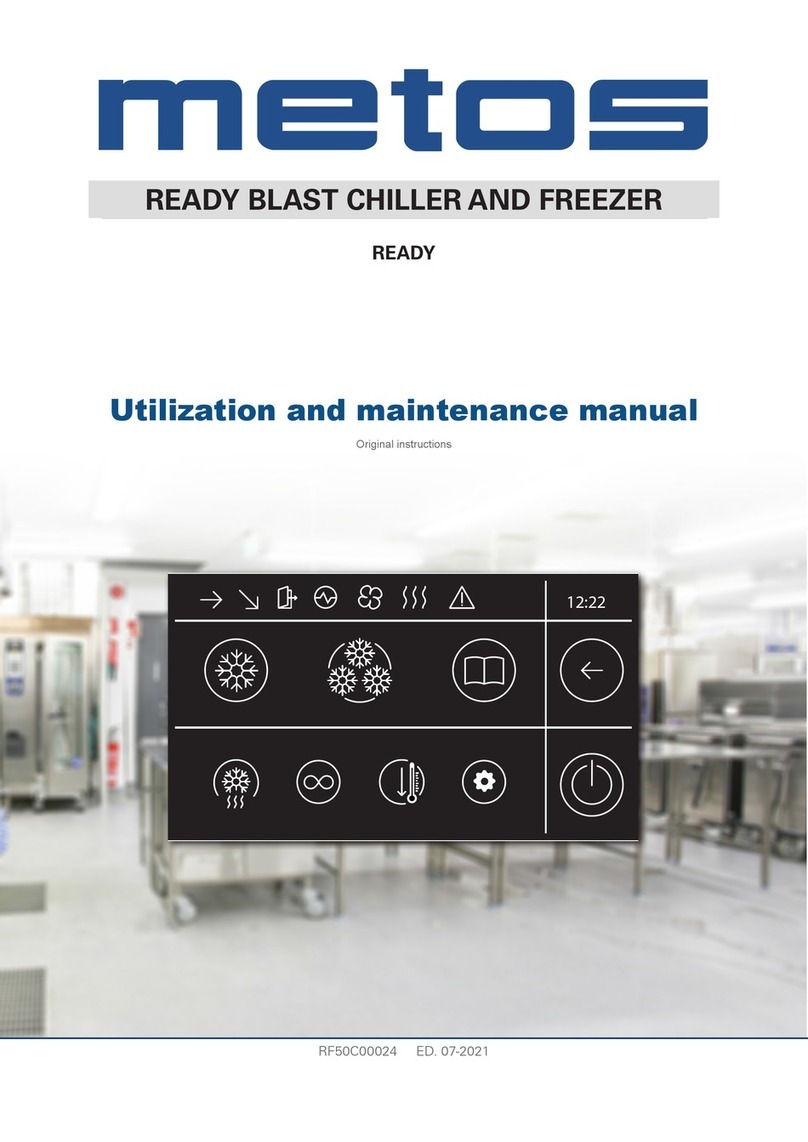
Metos
Metos 051R User manual

Metos
Metos 700 Series User manual
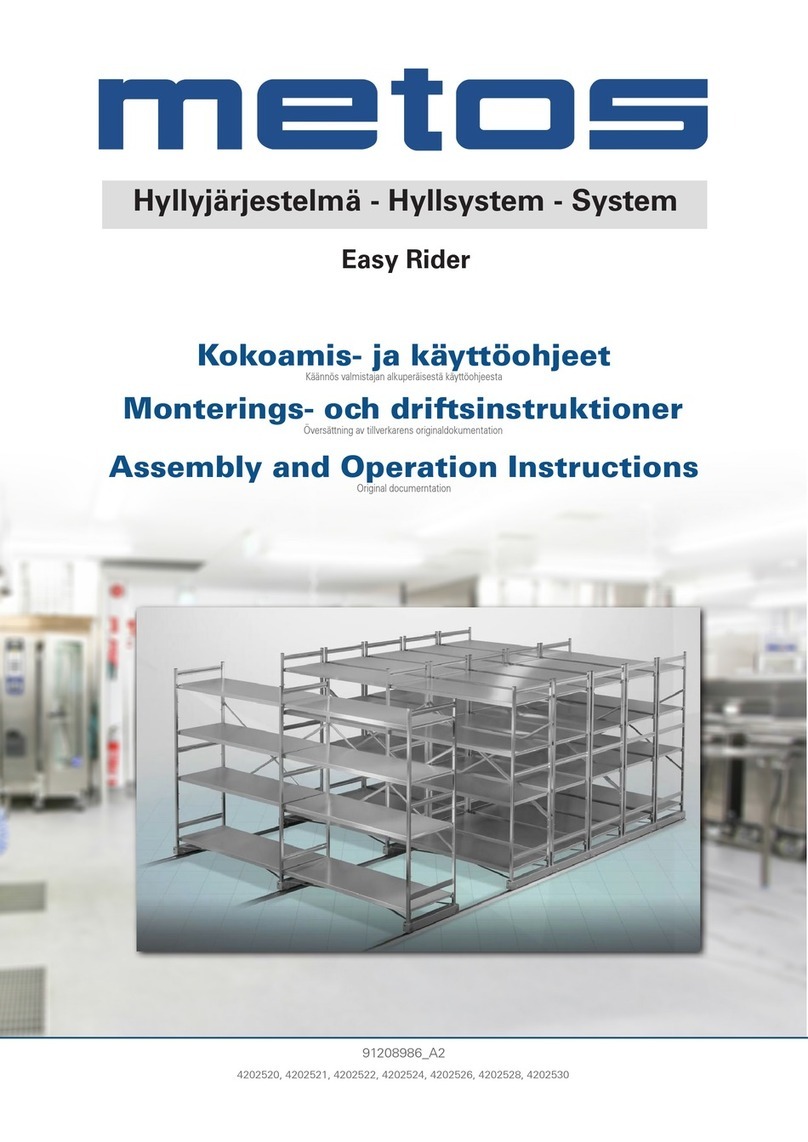
Metos
Metos Easy Rider Parts list manual
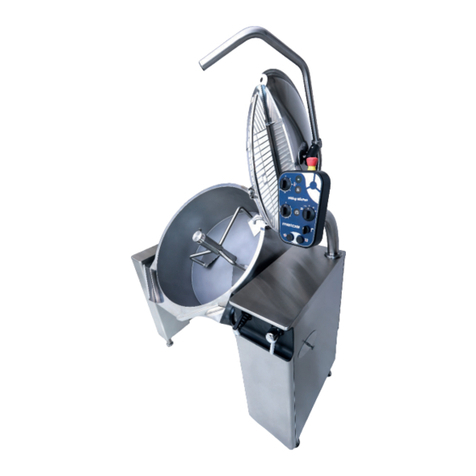
Metos
Metos BRATT PAN User manual
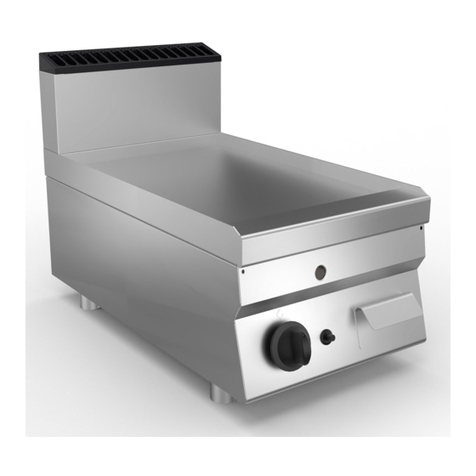
Metos
Metos 74GFTIST User manual
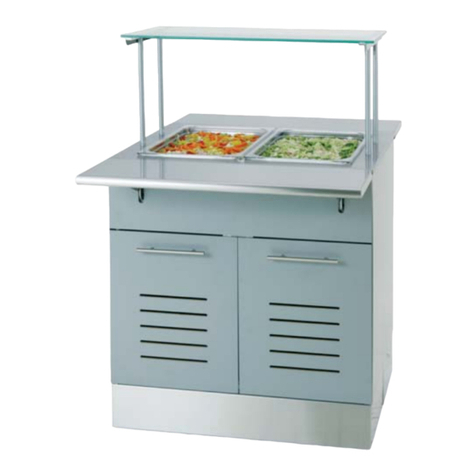
Metos
Metos Nova CB User manual
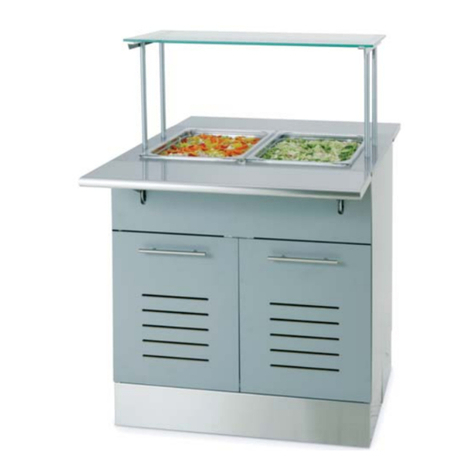
Metos
Metos DROP IN CB 450 User manual
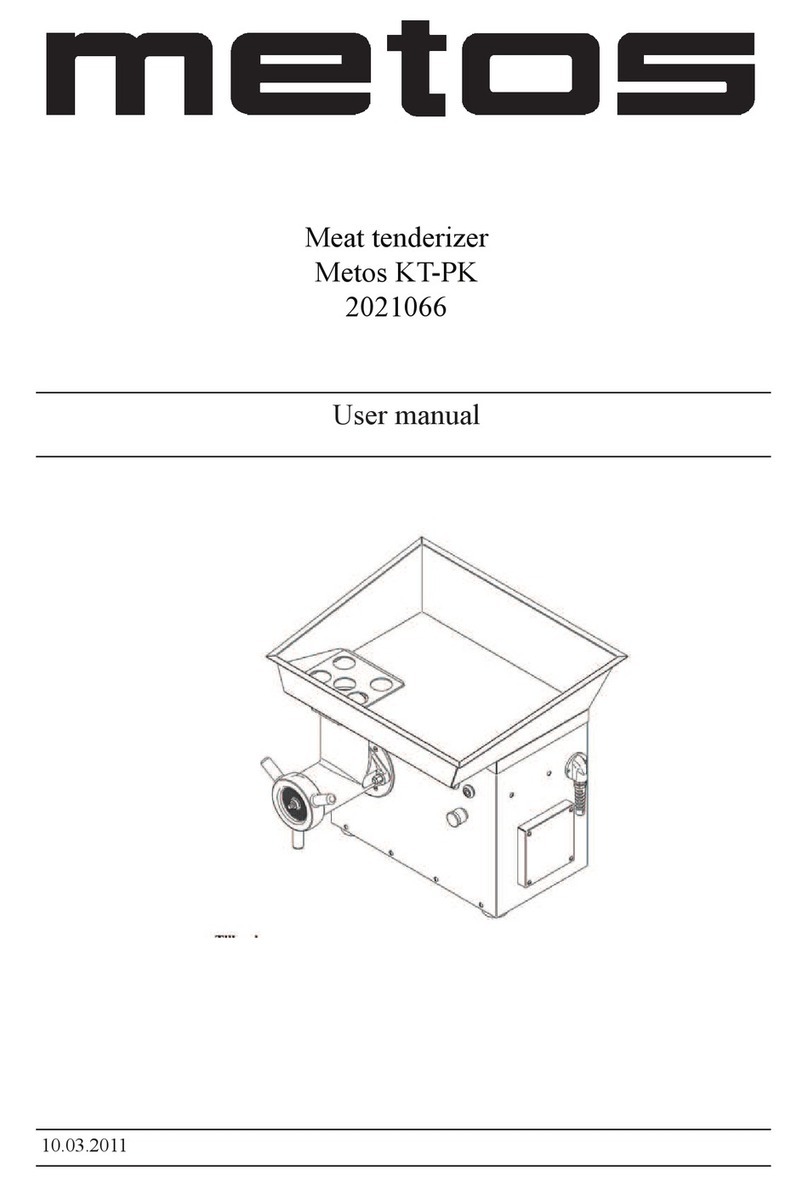
Metos
Metos KT-PK User manual
Popular Commercial Food Equipment manuals by other brands
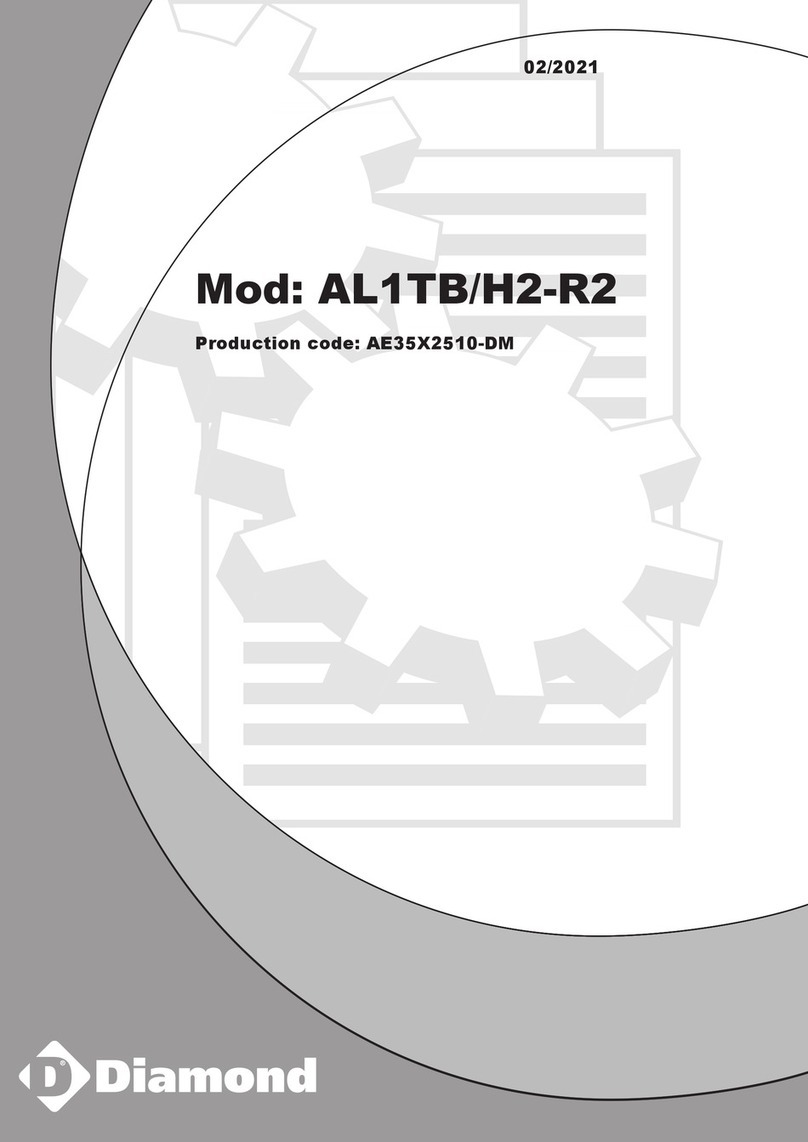
Diamond
Diamond AL1TB/H2-R2 Installation, Operating and Maintenance Instruction
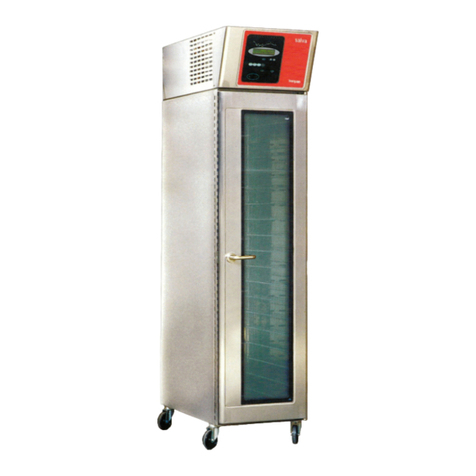
Salva
Salva IVERPAN FC-18 User instructions
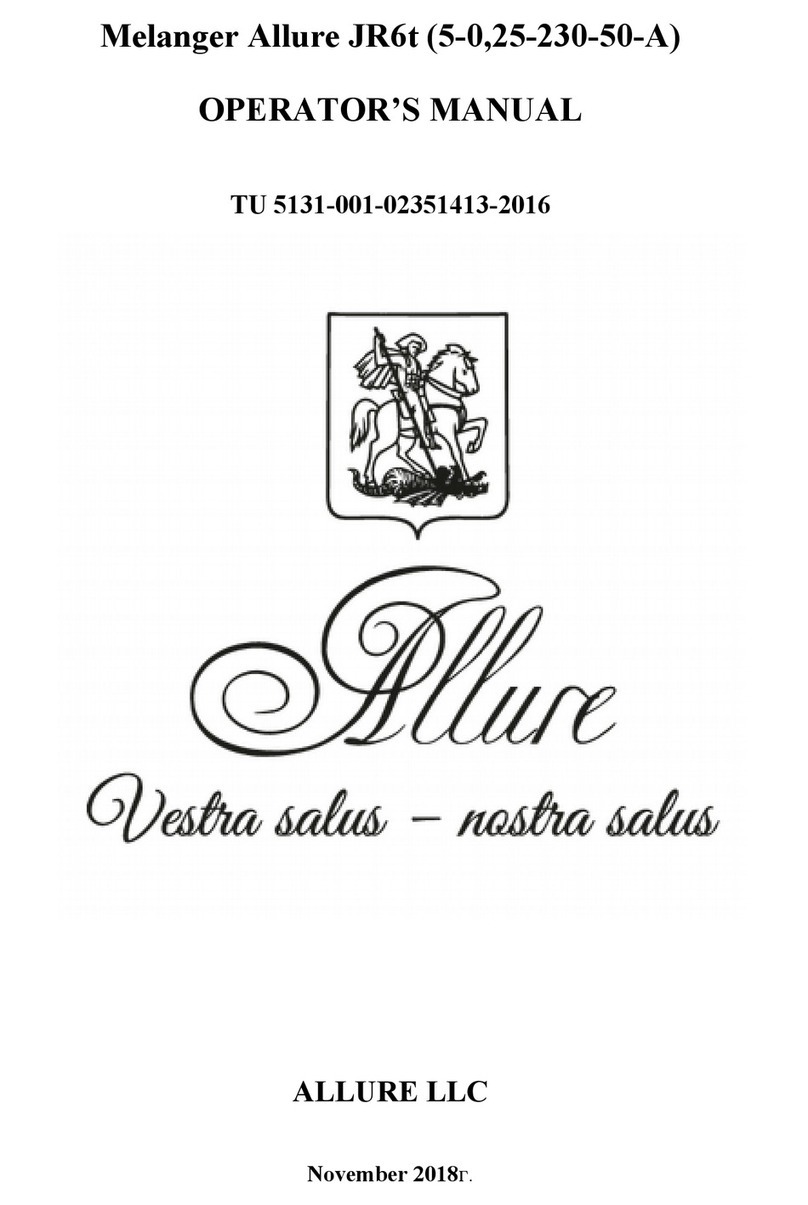
Allure
Allure Melanger JR6t Operator's manual
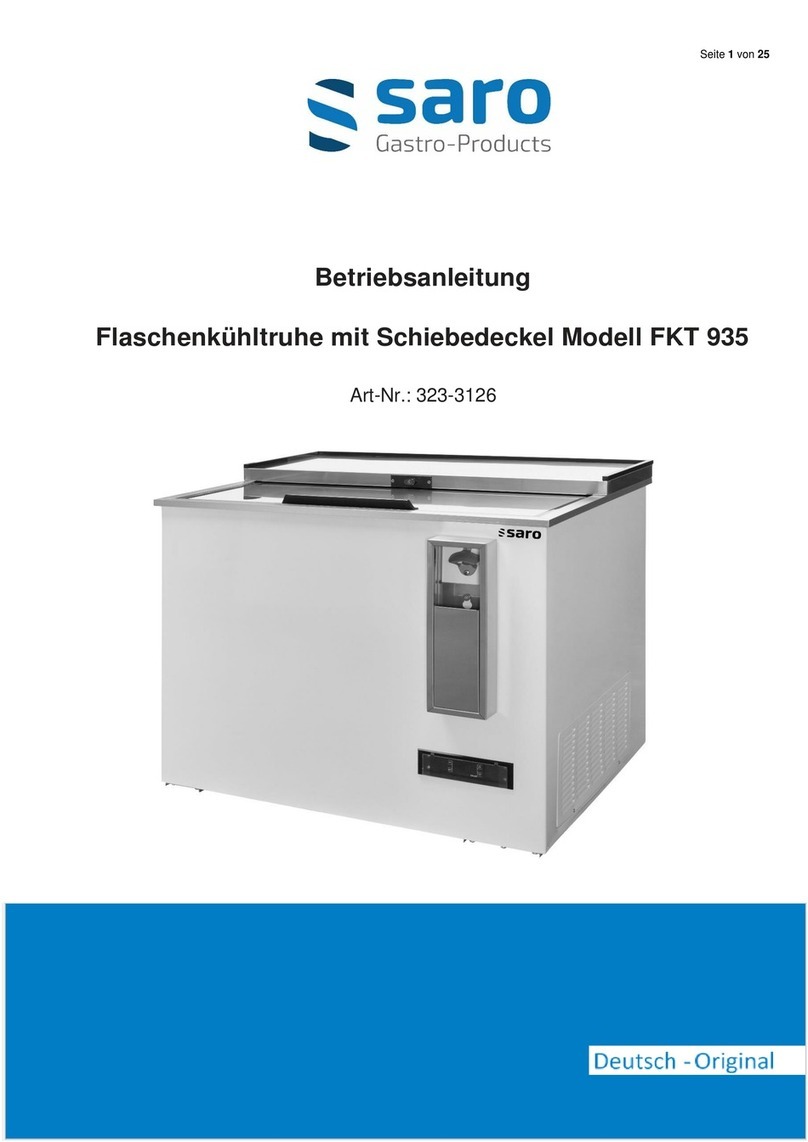
saro
saro FKT 935 operating instructions
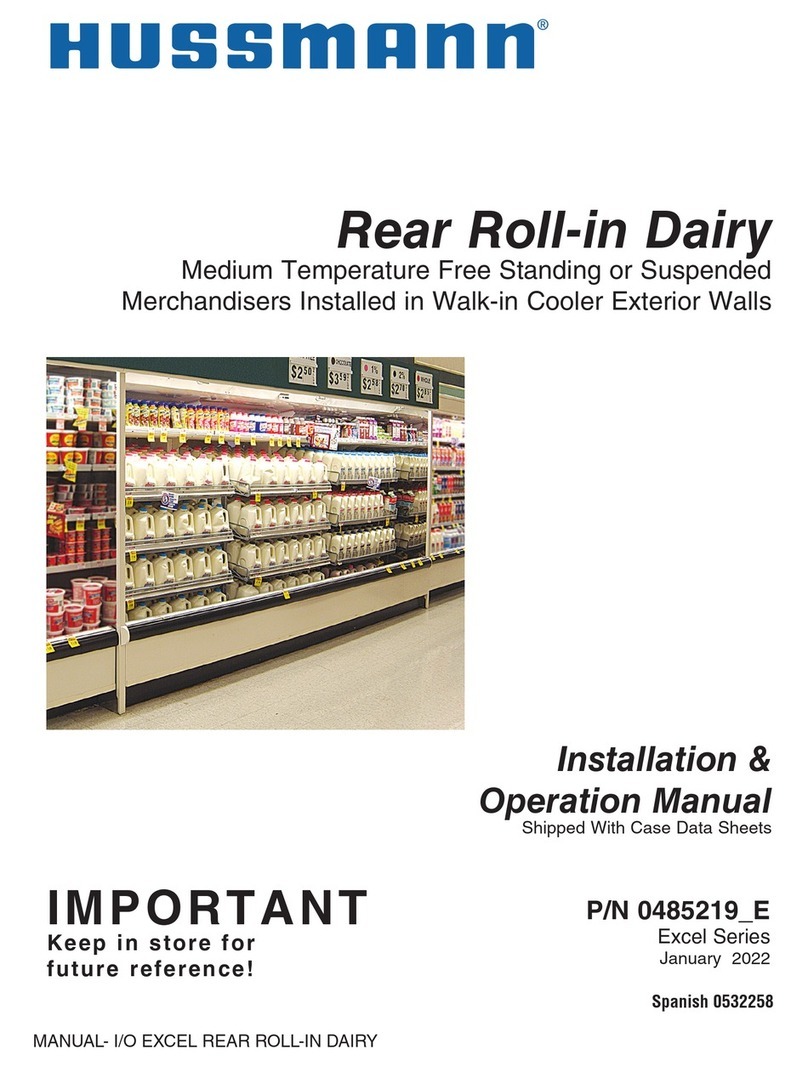
Hussmann
Hussmann Rear Roll-in Dairy Installation & operation manual
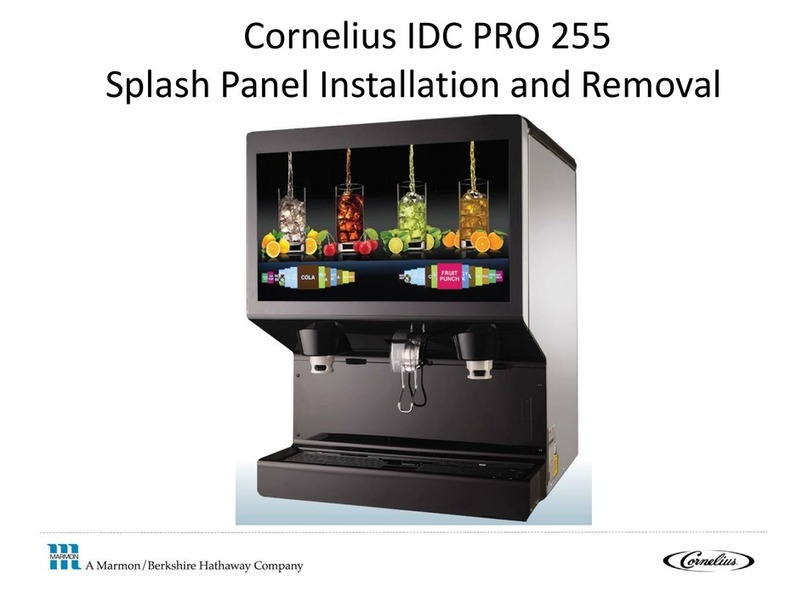
Cornelius
Cornelius IDC PRO 255 Service manual
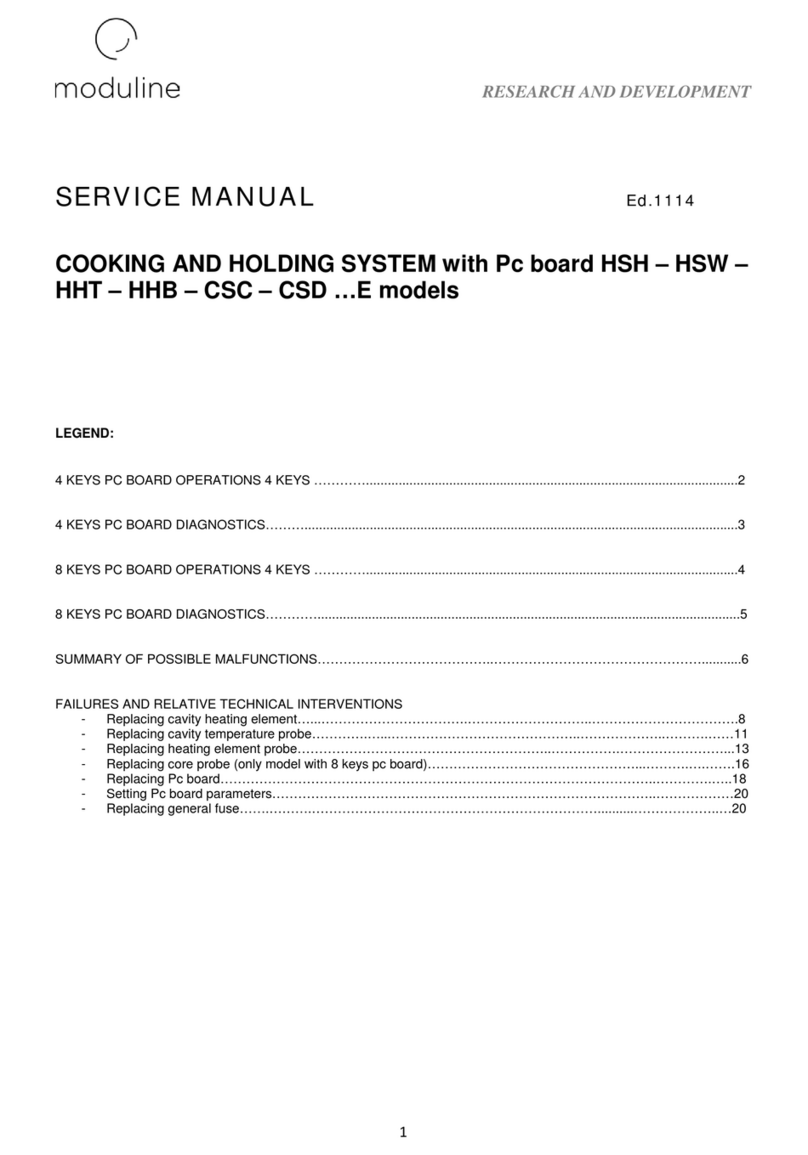
Moduline
Moduline HSH E Series Service manual
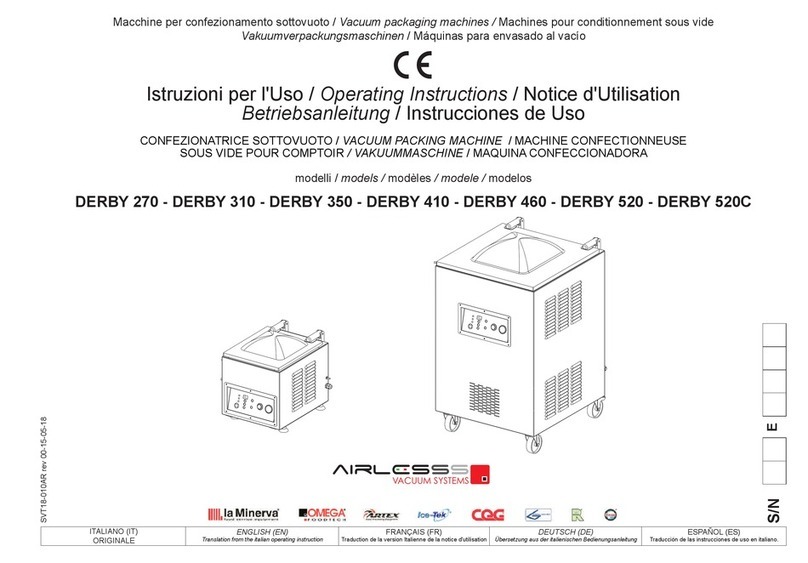
MINERVA OMEGA
MINERVA OMEGA DERBY 270 operating instructions
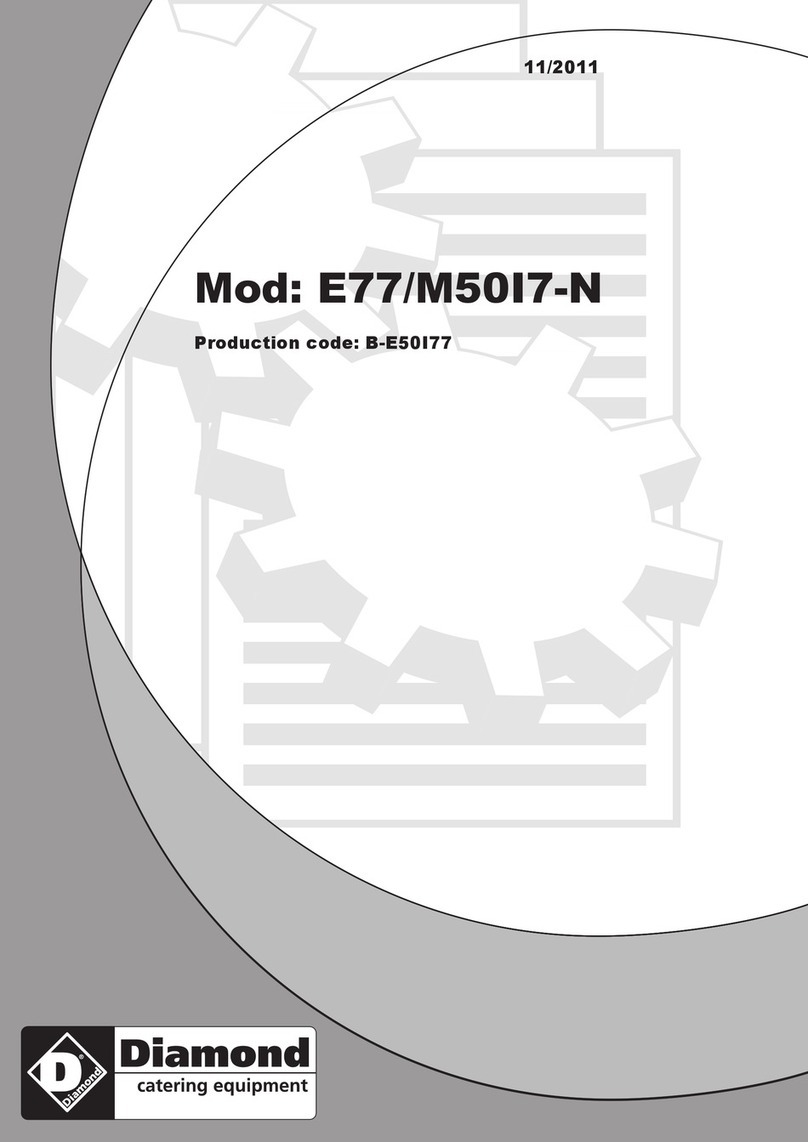
Diamond
Diamond OPTIMA 700 Installation, use and maintenance instructions
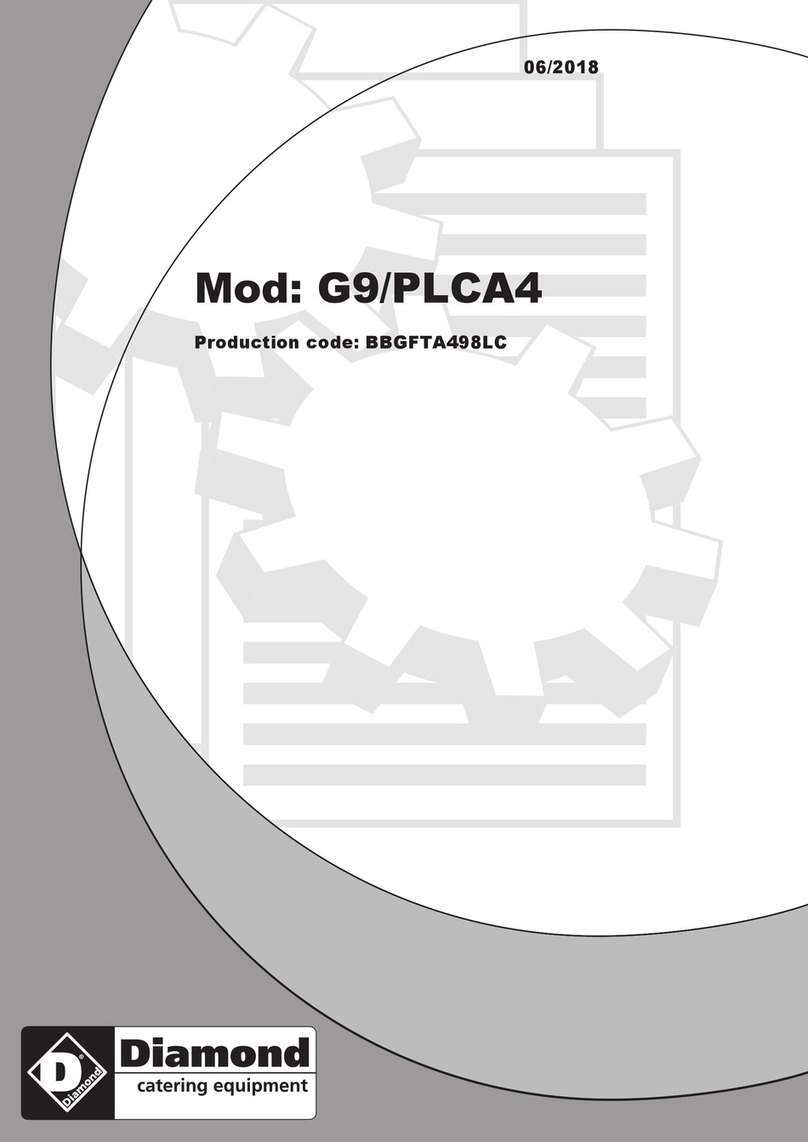
Diamond
Diamond G9/PLCA4 operating instructions
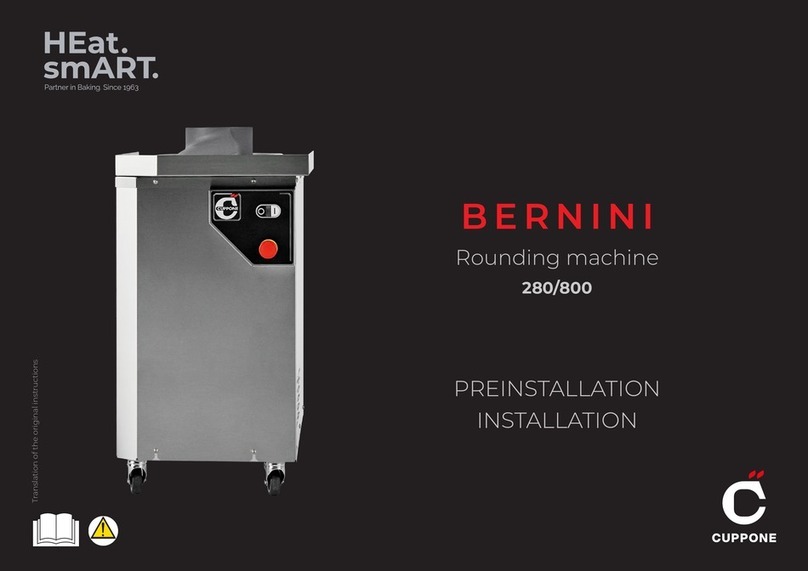
Cuppone
Cuppone BERNINI BRN 280 Installation

Arneg
Arneg Atlanta Direction for Installation and Use
